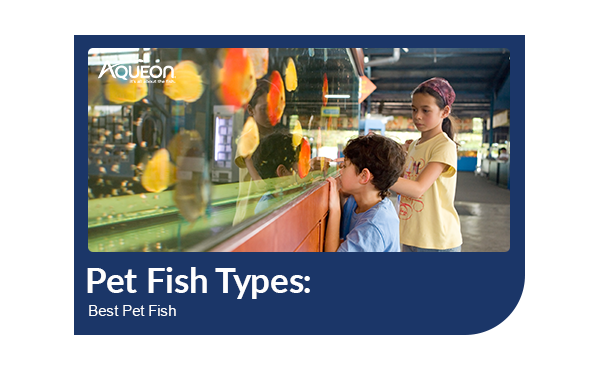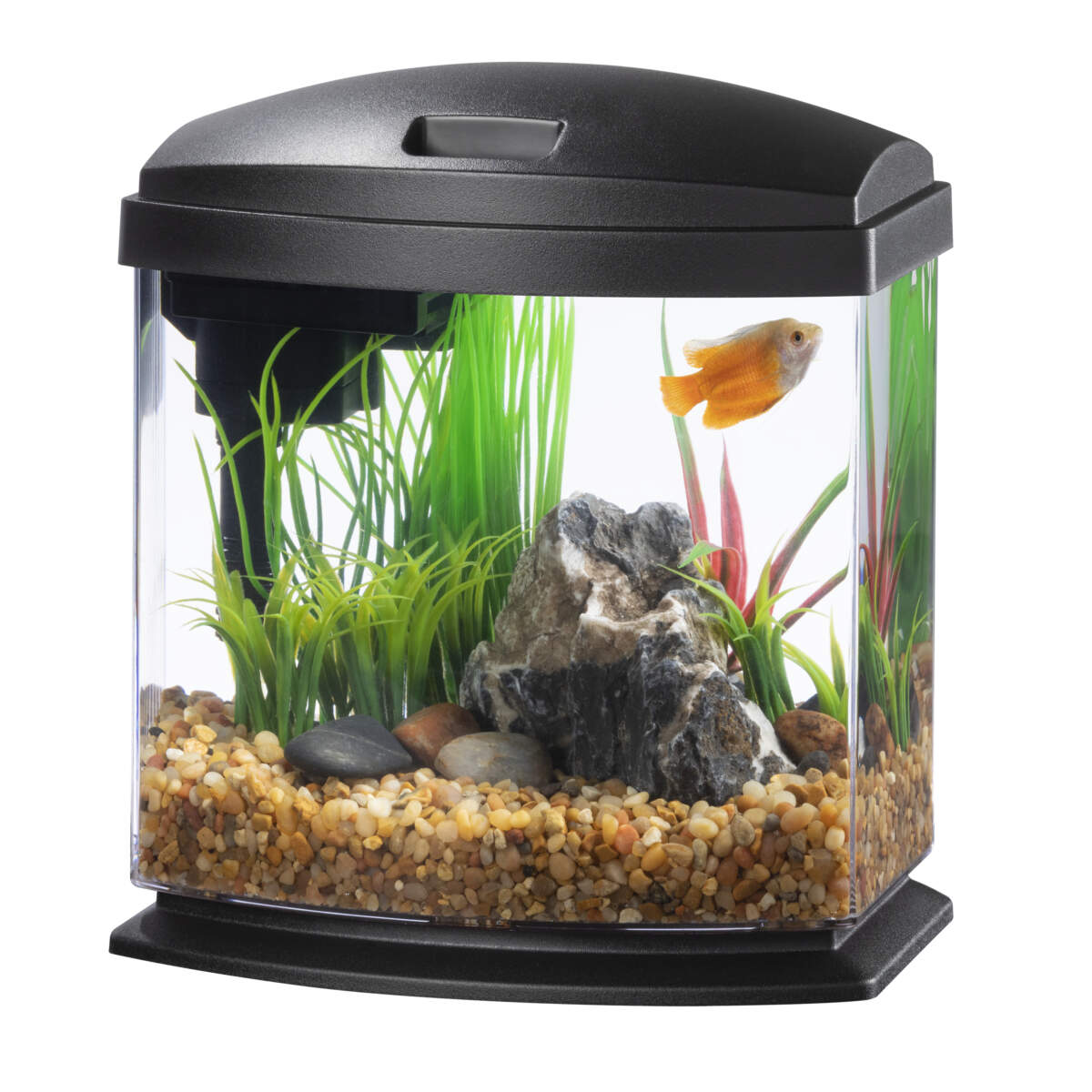Why Choose a Fish-Free Food?
Have you ever thought about what's in your pet fish's food? You might not realize it, but most fish food contains fish as one of the major ingredients. However, a lot of aquarium fish don't prefer to eat other fish. Whether it's fishmeal or fish oil, your fish food may not resemble your aquarium fish's natural diet as much as you think, and that's actually really important.

Why does it matter? Why choose a fish-free food instead of what's so plentiful on the market already? You'll find many advantages to feeding your finned pets fish-free food, ranging from health benefits for your fish to helping the environment.
Aquarium Fish Don't Typically Prefer to Eat Other Fish
Most aquarium fish don't typically choose to eat other fish in their wild, natural habitat (although there are a few exceptions). Instead, they lean more toward algae, insects, and small crustaceans.
Like most animals, aquarium fish fall into three categories: herbivores (plant-eating), carnivores (meat-eating), and omnivores (eats meat and plants).
Herbivores tend to forage for food all day because they typically have smaller stomachs. Some aquarium owners keep live plants so their herbivores can nibble on them. You can also feed them pellet food just for herbivores.
Smaller aquarium carnivores, like betta fish, prefer eating insects and invertebrates in the wild rather than other fish. Some more aggressive, larger carnivores, like oscars, actually eat smaller fish. (They aren't typically recommended for community tanks or new fish owners, and these types of fish require a different type of diet.)
Aquarium omnivores also tend not to like eating other fish. Discus, for example, are peaceful omnivores that eat plant material in the wild and will also forage for small crustaceans and worms.
Since so many aquarium fish prefer algae, insects, or small crustaceans, it's surprising that fish food includes fish as an ingredient. If you want a diet that more closely imitates a fish's natural preferences, you'll need to look for fish-free food outside of what is common in pet stores.
Fish-Free Food Has a Positive Environmental Impact
A truly fish-free food can also help protect and sustain oceans, resulting in a positive environmental impact.
Fishmeal and fish oil in commercial fish feed comes from small fish like anchovies and herring. About 19 million tons of these wild fish are turned into fishmeal and fish oil each year, and 90% of what's harvested is actually fit for human consumption. This demand could outpace the supply by 2037, hurting our world's natural ecosystem and food availability for people.
Switching to fish-free food is one small and easy thing aquarium hobbyists can do to help the environment.
Fish-Free Food Is Good for Your Finned Friends' Health

On top of all of this, fish-free food is good for your finned friends' health. They'll be happier and thrive with a diet that more closely matches their natural preferences. Fish-free food also ensures your fish get the complete diet they deserve. Look for food with spirulina and astaxanthin or haematococcus algae meal for color enhancement and digestive health, along with plenty of vitamins and minerals for overall health and happiness.
How to Get Fish-Free Food That Is Truly Free of Fish
The good news is you have a choice when choosing fish-free fish food. You can feed your fish live food like brine, ghost shrimp, or worms. You can also use frozen bloodworms, shrimp, and prawns purchased at pet stores. If you have herbivore fish, you can give them frozen spirulina cubes for variety, vegetarian pellets, or live plants to nibble on.
If making your fish breakfast and dinner doesn't sound like fun, you may be interested in pellets or flakes that are truly free of fishy ingredients. Aqueon has a new type of food called Nutrinsect that more closely mimics what fish eat in the wild. It utilizes plants and sustainably sourced crustacean and insect-based proteins, like shrimp, krill, mealworms, daphnia, bloodworms, and black soldier fly larvae. The food also has spirulina and haematococcus algae meal for color enhancement and digestive health, along with the vitamins and minerals needed for a complete diet.
All the Nutrinsect varieties are formulated for each fish species' unique dietary needs. And they're made to be highly digestible, so there's less leftover food and waste. Nutrinsect is available in varieties for goldfish, tropical fish, and betta fish.
- Aqueon Nutrinsect Goldfish Pellets
- Aqueon Nutrinsect Goldfish Flakes
- Aqueon Nutrinsect Tropical Pellets
- Aqueon Nutrinsect Tropical Flakes
- Aqueon Nutrinsect Betta Pellets
Finding the ideal food for your aquarium fish is often about trial and error and figuring out how much you need so you don't run out. You may want to occasionally give them something fun to eat, like fresh food, while also having an easy-to-feed routine. The Nutrinsect fish-free food line provides an entirely new option that mimics a fish's natural diet while also helping the environment.














